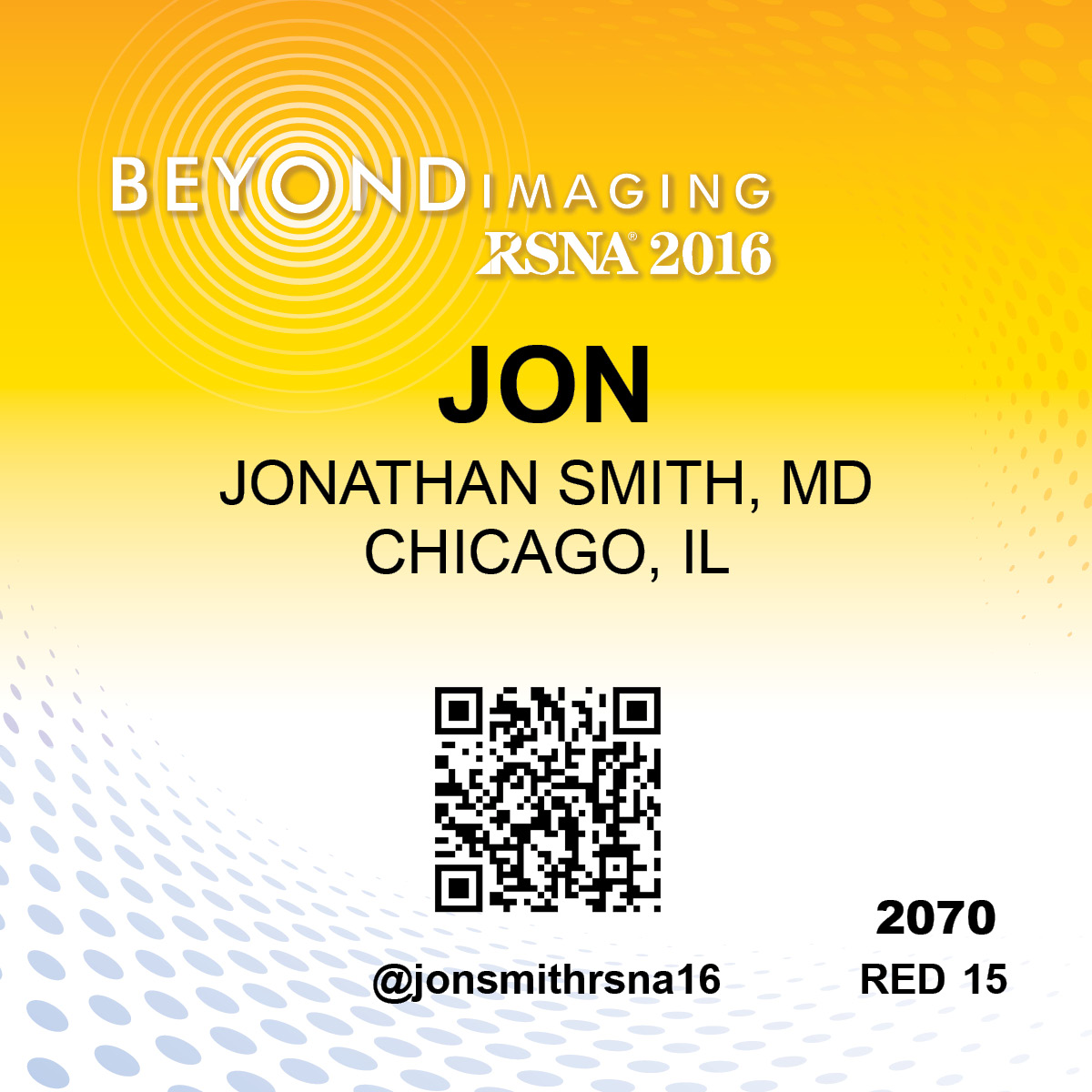Technologists Need Training to Keep up with Pace of CT Angiographic Imaging
Thursday, Dec. 01, 2016
Technologists need more training and education to keep up with the rapidly changing environment in CT angiographic imaging, said John Leal, BS, RT(R)(CT), a clinical education trainer with the Medical Technology Management Institute, in a Wednesday session.
Technology Continues to Pick Up Speed
As Leal pointed out, scanners have been developed that can acquire 16 cm of data per rotation — enough to cover the head and chest in one gantry rotation — with a rotation time as fast as 0.25 seconds, a temporal resolution as low as 50 milliseconds, and table speeds that enable full-body imaging in three seconds.

John Leal, BS, RT(R)(CT)
"What motivated manufacturers to move in this direction?" Leal asked. "Why this need for speed?"
Machines with this kind of speed and power are built to chase contrast around the body, Leal said. Which means these newer machines are geared toward looking at vascular structures.
So technologists are doing more angiography, "yet we are painfully undereducated in that process," he said.
He compared the problem to handing the keys of a high-powered sports car to a newly licensed driver. "It's like taking driver training and driving a Ferrari at 150 miles per hour to see what happens," he said. "And that's essentially happening to us."
Leal said that he constantly hears from radiologists that their technologists don't understand the disease process they are imaging, and that they don't understand what they are seeing. "Techs take the pictures, process the images, and just send them on," he said. "The problem with that is the radiologists can only see what we show them, which can limit their ability to see the images and diagnose."
A CT technologist's job is to show radiologists the answer to the diagnostic question, Leal pointed out. "Understanding the disease process, and understanding from an angiographic standpoint how blood flows around the body, and how we should design protocols — all of these things have to go together in order for us to properly do our job," he said.
Updated Protocols will Lead to Improved Efficiency
One problem, Leal said, has to do with protocols. "I do a lot of cardiac imaging, and with a lot of our studies we've been using the same kinds of protocols we've been using for years." He added that some of these protocols can be traced back to machines that no longer exist.
"These machines have changed significantly," he pointed out. "So why haven't our protocols changed?"
Leal questioned what he called a cookbook approach to CT scanning. As a consultant, he visits various facilities and observes protocol setups. "I'll ask why they're using that protocol for this particular study, because it doesn't make any sense," Leal said. "And the answer to that will be, 'well, that's what's in the book.'"
"It's another problem we have in the tech world," Leal said, pointing out that technologists will use protocol guides — or "cookbooks" as he refers to them. "We really haven't learned enough about how each individual patient is different and that everyone's cardiac output isn't the same. And this affects how studies come out."
What is needed is more education and training, Leal said, particularly as CT technologists' jobs become more geared toward CT angiography and the equipment they work with becomes more advanced. And hospitals need to provide the time and financial support to attend educational events, he added.
Technologists also have to be partners in imaging with radiologists. "How many radiologists perform CT scans?" he asked. "That's not what they do."
Technologists—particularly those with years of experience, should consider themselves experts at what they do, Leal said. Consequently, they should interact more with radiologists, and get more education and training so they're prepared to make adjustments to protocols and better handle these new CT systems.
"With education, and by working together, we can provide better — and consistent — quality studies, and greater job satisfaction," he concluded.




 Home
Home Program
Program Exhibitors
Exhibitors My Meeting
My Meeting
 Virtual
Virtual Digital Posters
Digital Posters Case of Day
Case of Day

